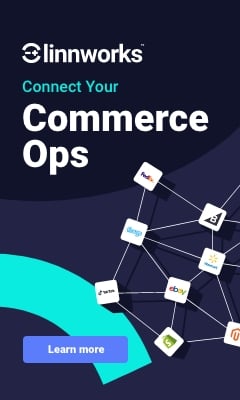Age of entitlement: meeting 21st century customer expectations
The Retail Bulletin Round Table: Building Loyalty in a Virtual World. Commentary by William Carson of Teleperformance.
I chaired the Retail Bulletin Round Table yesterday on Building Loyalty in a Virtual World and thought it valuable to throw out some initial discussion points. The agenda was focused on three broad areas – what has changed, what hasn’t changed, what the operational models need to be today to support CX profitably and effectively, and what the future evolution of CX means for brands.
So far so ‘conference’. However, once we dived into conversation the reality facing brands became self-evident, and it wasn’t what I was expecting! Brands it was decided, with a fair degree of collegiality, had created a monster – the 21st Century Entitled Customer.
Around the table Groupon, Giraffe, and Sainsbury’s among others all agreed that what was once ‘surprise and delight’ had now become ‘minimum expectation’. A loyalty programme survey to retail customers for one of the clothing brands present revealed that there were only three things their customers wanted: “Discounts – Money Off – Free Stuff”. For a brand that already provides these in spades, the message was clear – look for loyalty elsewhere!
With this in mind, how do brands build ‘brand love’ when the ‘lover’ involved is already making demands which are hard if not impossible to supply?
The key areas for development were identified as follows:
• Understand the customer – this is the first and last activity, and all points in between, for developing any credible CX strategy.
• Define what ‘loyalty’ means for your brand and what it is supposed to deliver back to the business, this is fundamental – and isn’t the same for different customer segments
• Reorient enterprise operational models from ‘departments with a hierarchy of titled functions’ to ‘roles and accountabilities’ that are better aligned to meet the brand’s business objectives and goals.
• Ensure the corporate structure is right, the brand DNA is right, the management incentive is right to drive forward cross-departmental initiatives that melt away IT, HR, Marketing and Sales silos which are constraining technology-enabled CX omnichannel strategies.
It was acknowledged by all that in terms of choice, channel and expectation, the ‘world of the customer’ is moving faster on the outside than inside the enterprises that need to engage with them. “Brands need to buy a proliferation of technology to keep up, but this is simply providing the ‘entitled customer’ with an increased channel choice that they already believe they have!”
Looking to the future, operational engines inside departments – inside the company enterprise – need to keep their counsel and recognise that while it is crucial to recognise the opportunities to engage customers and increase value (by channel, technology, proposition) it was as equally important to truly understand those opportunities and what they mean for the corporate structure of the business. This will help avoid misjudging buying decisions that won’t add value to the business and lock brands into ineffective supplier partnerships.
The closing remarks consolidated from around the table were clear: ultimately getting it right for the CX of today and tomorrow is within reach, but even then, that won’t guarantee getting it right in the future. Real, sustainable value will come from brands understanding whether the customer loyalty they seek is relative (and if so what’s important and what’s not), or absolute, and if so what does that mean specifically and how does the operation need to evolve to support it.














